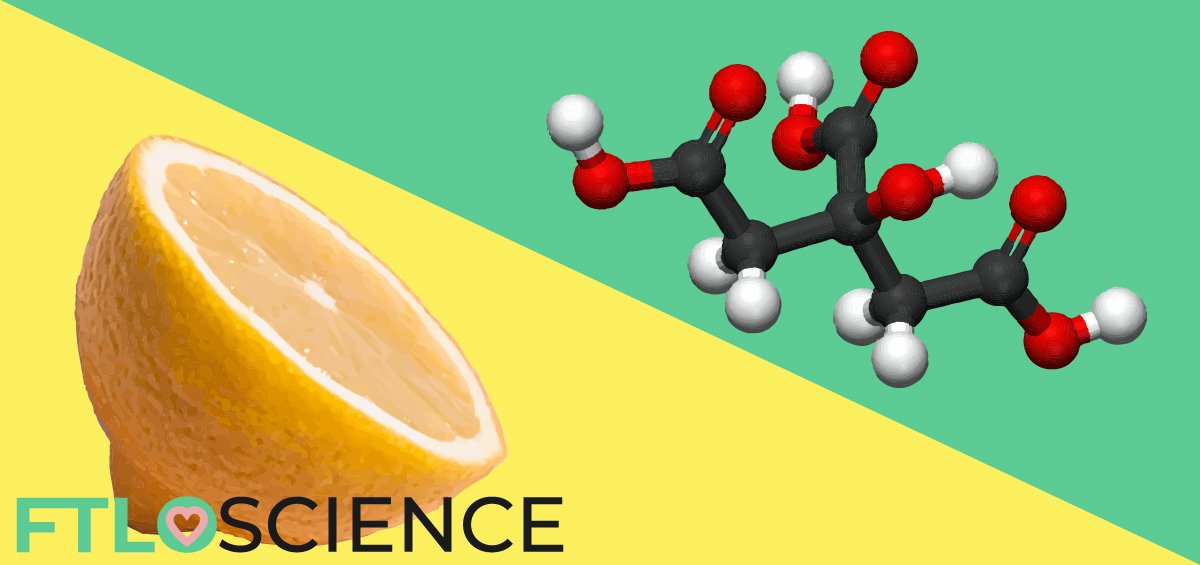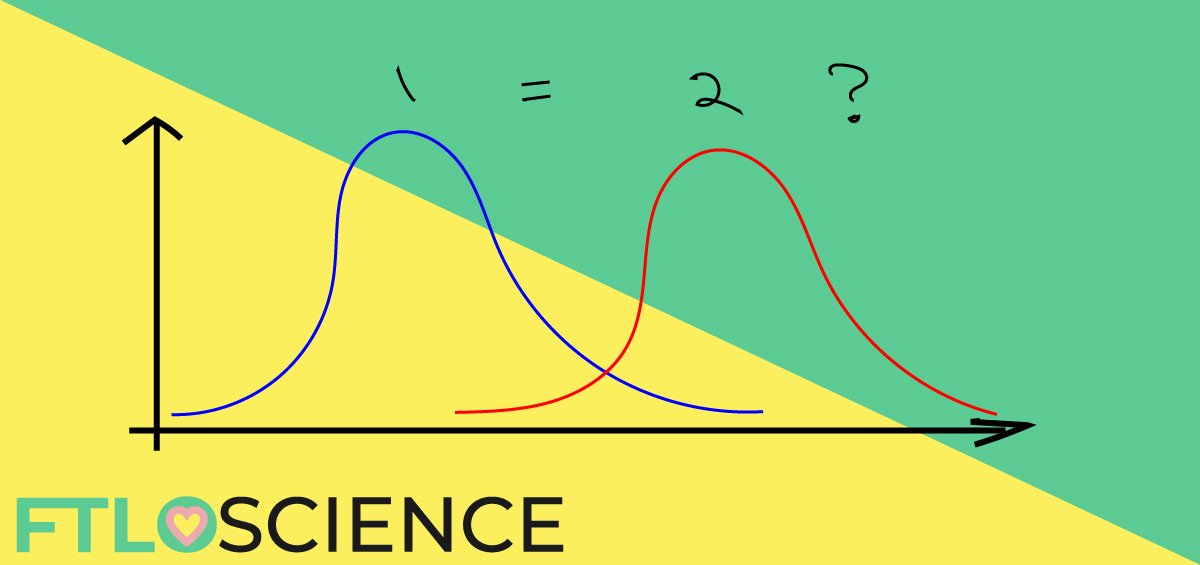“That ethanol you spilled has a flash point of 57 °F; your clumsiness will set the room on fire!” An improbable scenario, actually. We often mistake flash points of substances for their autoignition temperature, the temperature at which they will catch fire spontaneously. Ethanol has an autoignition temperature of 689 °F, much hotter than any laboratory environment. What’s the difference between flash point and autoignition temperature? And which temperature is Ray Bradbury referring to in Fahrenheit 451?
Paper ignites at 842 °F, not 451 °F as Ray Bradbury’s Fahrenheit 451 suggests. Paper has an autoignition (spontaneous combustion) temperature of 842 °F (450 °C) and a flash point (set alight by static) at 662 °F (350 °C). Either way, both temperatures are much higher than 451 °F (233 °C)—books don’t catch fire at this temperature.
How Do Things Catch Fire?
Defining Flammability
A substance is defined as ‘flammable’ if it is easily set on fire. Fortunately for us and our readers, we can—and hopefully will—do a better job of assessing what flammability is in this article.
Just like most chemical reactions, combustion is an energetically favorable process in that the products contain less energy than the reactants. Because of entropy, everything wants to turn into dust. Thankfully, this requires overcoming an a certain energy before doing so. A substance is considered flammable if it can be set alight by static at or below room temperature.
Sparking the Minimum Ignition Energy (MIE)
The energy barrier that a substance must overcome to ignite is known as its minimum ignition energy (MIE). The MIE is obtained by an ‘ignition source’, such as the spark of the fuel in a car’s engine, or the match held to a bunsen burner that triggers a roaring flame.
The buildup of static charge without dissipation may cause a discharge, which might deliver more energy than a substance’s MIE, causing it to ignite. A person walking on a carpeted floor may build up enough static energy to produce a static discharge of 40 mJ (milliJoules), enough to overcome the MIE of many substances (many flammable substances have an MIE of 0–0.1 mJ)1.
We can consider these substances that have a lower MIE than that produced by static discharge to be flammable. Hence, the grounding of pipes and storage units around flammable substances is important. Grounding provides a conductive surface through which static charges can dissipate before enough energy is built up.

Low Flash Point Hazards
Regulatory agencies take the proper storage of flammable substances seriously because even a tiny ignition source can set off a cycle, in which the heat released from the initial combustion is enough to sustain the reaction. The temperature at which this reaction can be sustained is called its flash point.
Diethyl ether is -45 °C, which means that at room temperature, it can be ignited by static buildup, making it a flammable substance. This is why flammable chemicals (with flash points close to or below room temperature) must be kept away from ignition sources; once their MIE is reached, there’s no going back.
Flash Point Vs. Autoignition
What’s the Difference?
Autoignition is the temperature at which the environment provides the MIE, causing the substance to undergo combustion without the need for a specific ignition source. This temperature is usually much higher than its flash point. For example, the flash point of diethyl ether is -45°C but requires 180°C for autoignition2.

Something Amiss in Fahrenheit 451
What has all this got to do with the Ray Bradbury classic we all know and love? Well, the novel’s tagline reads: ‘Fahrenheit 451—the temperature at which book paper catches fire, and burns…’ With no mention of an ignition source, we can take some liberties and assume it’s the autoignition temperature that Bradbury is talking about here.
In the book, firemen destroy books armed with flamethrowers that—being government supplied—we can assume to be military-grade, using napalm as the fuel source. There are different variations of napalm, from the early ones made from long-chain fatty acids that burned at around 1000 °C (1832 °F) to later concoctions of polystyrene and gasoline that could fire up to 2000 °C (2632 °F)4.

Does anyone notice something funny here? If book paper catches fire when exposed to temperatures of 451 degrees Fahrenheit (233°C), isn’t it overkill for the firemen to wield flamethrowers capable of producing heat of at least 1000°C? Surely they could’ve made do with heat guns, or simply by tossing the books into a nice warm baking oven.
Paper Doesn’t Burn at 451 °F
Another discrepancy! It turns out that ordinary paper has an autoignition temperature of around 842 °F (450°C), and won’t undergo combustion at 451 °F (233 °C)5.
Okay, but hang on a second, maybe Bradbury was referring to the flash point of paper instead? Depending on its exact composition, paper has a flash point of around 662 °F (350 °C), still off by a large margin.
So if neither the flash point nor autoignition temperature of paper is what Ray references in his novel, where then did the number 451 come from? A possible theory is that Ray Bradbury might have had a little mix-up regarding units, as the autoignition temperature in the region of 450 degrees Celsius could have influenced his decision for the use of 451 in the title. Guess this is what happens when we have two different scales that measure temperature.
Fahrenheit and Celsius
As a little aside, the Fahrenheit scale was invented by Dutch-German-Polish physicist Daniel Gabriel Fahrenheit in 1724. He first defined it using a solution of ammonium chloride in ice (0°F or 17.8°C) and the average human body temperature (96°F or 36°C), as the lower and upper limits, respectively.
The Celsius scale was invented by Swedish astronomer Anders Celsius in 1742 using the boiling and freezing point of water for reference instead. It’s worth noting that the Celsius scale was flipped around a few times over the years because nobody could decide whether 0 should be the freezing or boiling point—simply bizarre!
Nowadays, both systems use absolute zero (-459.67 °F or -273.15 °C) and the triple point of water (32.01 °F or 0.01 °C) as reference points for the sake of accuracy. Of course Kelvin scale is arguably the simplest and should be adopted everywhere.
Hope you’ve learned something new! You can now impress your friends at Book Club with the knowledge that 451 °F is neither the autoignition temperature nor the flash point of paper, so it’s likely that Ray Bradbury has his units mixed up when writing Fahrenheit 451. Okay, let’s give him a break. His book is still a classic, after all.
Reference
- Babrauskas, V. (2003). Ignition handbook (Vol. 318). Fire science publishers: Issaquah, WA.
- “Ethyl Ether MSDS”. J.T. Baker. Retrieved?2010-06-24.
- Prat, D., Pardigon, O., Flemming, H. W., Letestu, S., Ducandas, V., Isnard, P., … & Hosek, P. (2013). Sanofi’s solvent selection guide: a step toward more sustainable processes. Organic Process Research & Development,17(12), 1517-1525.
- Neer, R. M. (2013). Napalm. Harvard University Press.
- Mark, R. E., Borch, J., Habeger, C., & Lyne, M. B. (Eds.). (2002). Handbook of physical testing of paper (Vol. 1). Crc Press.
About the Author

Sean is a consultant for clients in the pharmaceutical industry and is an associate lecturer at La Trobe University, where unfortunate undergrads are subject to his ramblings on chemistry and pharmacology.




